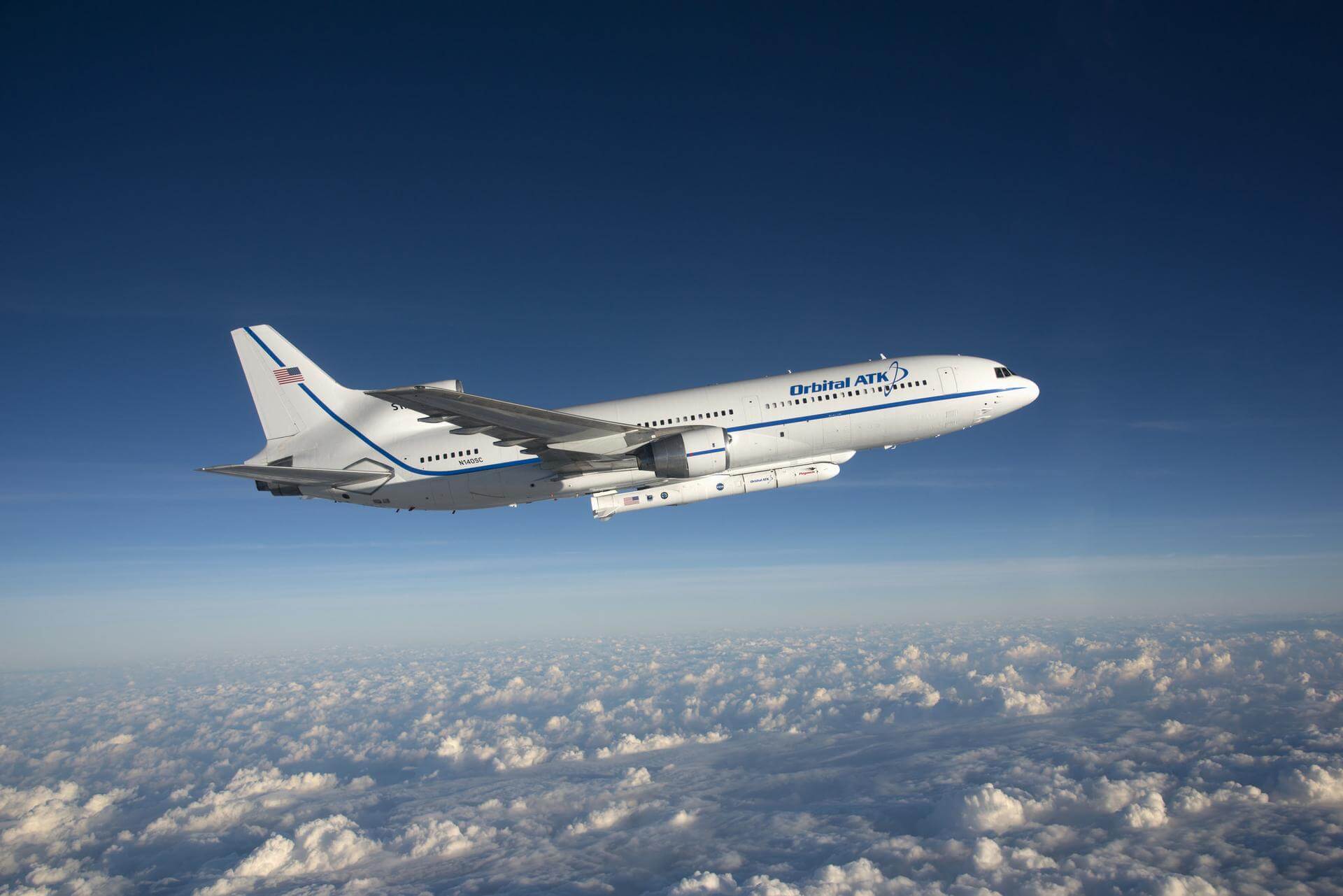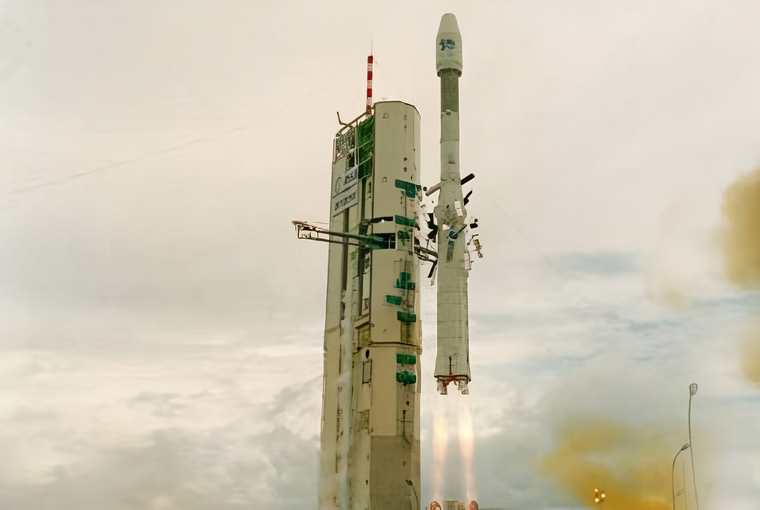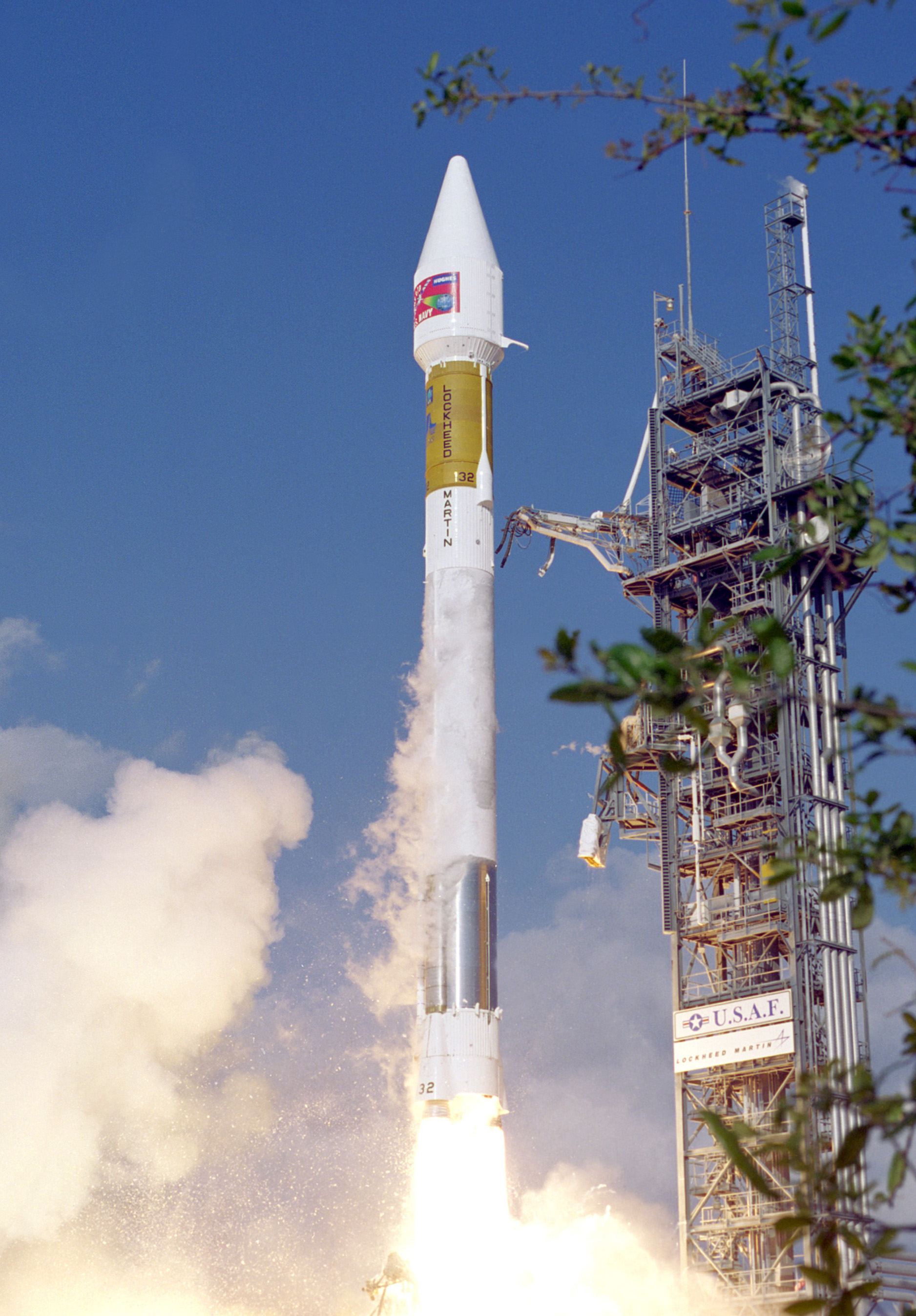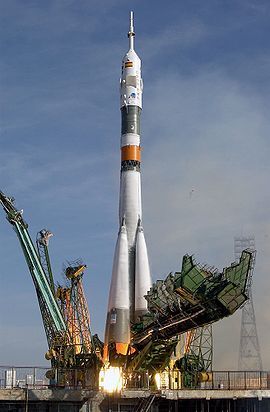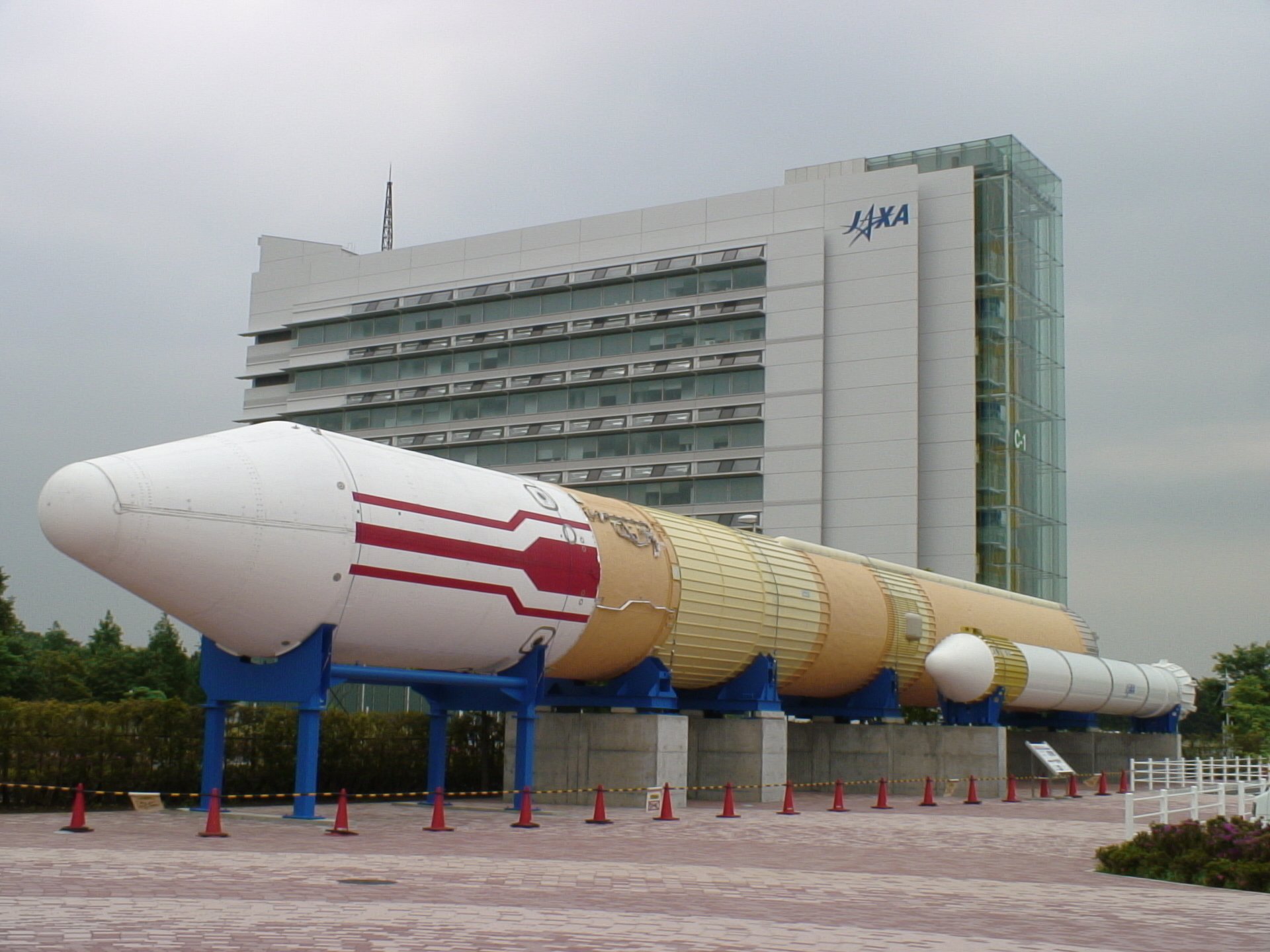Previous Spaceflight Launches
Filter by Agency, Locations or Vehicles
Show All LaunchesPegasus XL HAPS | Orbcomm-D2 - D8
Orbital Sciences Corporation | United States of AmericaAir launch to orbit
Dec. 4, 1999, 6:53 p.m.
Ariane 40 | Helios 1B
Aérospatiale | FranceGuiana Space Centre, French Guiana
Dec. 3, 1999, 4:22 p.m.
Status: Launch Successful
Mission:
The Helios program is Europe's military optical reconnaissance system consisting of both a space and a ground segment, which commenced service in 1995, jointly funded by the French, Italian and Spanish governments. The Helios I optical observation satellites, launched in July 1995 and December 1999 respectively, can acquire high resolution images of any point on the globe, with daily revisit capability. Helios-1B had suffered a breakdown of its power supply system in October 2004 and could no longer perform any work after operating for just under its 5-year nominal life expectancy.
Polar OrbitAtlas IIA | UHF F/O F10
Lockheed Martin | United States of AmericaCape Canaveral SFS, FL, USA
Nov. 23, 1999, 4:06 a.m.
Status: Launch Successful
Mission:
The U.S. Navy began replacing and upgrading its ultra-high frequency (UHF) satellite communications network during the 1990s with a constellation of customized satellites built by Hughes Space and Communications Company. Known as the UFO (Ultra High Frequency Follow On) series, these HS-601 model satellites support the Navy's global communications network, serving ships at sea and a variety of other U.S. military fixed and mobile terminals.
Geostationary OrbitSoyuz-U-PVB | Globalstar 29,34,39,61
Progress Rocket Space Center | RussiaBaikonur Cosmodrome, Republic of Kazakhstan
Nov. 22, 1999, 4:20 p.m.
Status: Launch Successful
Mission:
The Globalstar global mobile communications network offers global, digital real time voice, data and fax via a constellation of 48 minisatellites. The constellation operates in a 1410 km orbit inclined at 52 degrees, and will also have 8 spares. The satellites were built by Space Systems Loral and Alenia Aerospazio in Rome, Italy.
Low Earth OrbitLong March 2F | Shenzhou-1
China Aerospace Science and Technology Corporation | ChinaJiuquan Satellite Launch Center, People's Republic of China
Nov. 19, 1999, 10:30 p.m.
Status: Launch Successful
Mission:
First test flight of the Shenzhou spacecraft, without crew on board. The spacecraft used has only 8 of the 13 sub-systems on board being operational, and was not equipped with a life support system or an emergency escape system. The major test objectives of the mission were the flight of the Long March 2F rocket, separation of the modules, attitude control, lifting body reentry, heat shield testing and ground recovery.
Low Earth OrbitH-II | MTSAT
Mitsubishi Heavy Industries | JapanTanegashima Space Center, Japan
Nov. 15, 1999, 7:29 a.m.
Ariane 44LP | GE 4
Aérospatiale | FranceGuiana Space Centre, French Guiana
Nov. 13, 1999, 10:54 p.m.
Status: Launch Successful
Mission:
GE-4, a hybrid C-/Ku-band satellite, serves North and South America from its orbital location at 101 degrees West. The A2100AX satellite is designed for a 15-year lifespan, but carries enough fuel to operate for a longer period of time.
Geostationary OrbitProton | Ekspress-A No. 1
Khrunichev State Research and Production Space Center | RussiaBaikonur Cosmodrome, Republic of Kazakhstan
Oct. 27, 1999, 4:16 p.m.
Status: Launch Failure
Mission:
Express-A satellites are designed for operation in the fixed satellite service. Their transponder payloads make it possible to retransmit all types of traffic, including television and radio programming, telephony, data, videoconferencing as well as high-speed Internet.
Geostationary OrbitAriane 44LP | Orion 2
Aérospatiale | FranceGuiana Space Centre, French Guiana
Oct. 19, 1999, 6:22 a.m.
Status: Launch Successful
Mission:
Built by Space Systems/Loral (SS/L), Orion 2 features 36 high-powered Ku-band transponders. It was launched into the orbital slot located at 15 degrees west longitude, where in-orbit testing will be conducted. Loral was in negotiations with Eutelsat, also a satellite services provider, to complete coordination of the Orion 2 satellite with the Eutelsat spacecraft in the region.
Geostationary OrbitSoyuz-U-PVB | Globalstar 31,56,57,59
Progress Rocket Space Center | RussiaBaikonur Cosmodrome, Republic of Kazakhstan
Oct. 18, 1999, 1:32 p.m.
Status: Launch Successful
Mission:
The Globalstar global mobile communications network offers global, digital real time voice, data and fax via a constellation of 48 minisatellites. The constellation operates in a 1410 km orbit inclined at 52 degrees, and will also have 8 spares. The satellites were built by Space Systems Loral and Alenia Aerospazio in Rome, Italy.
Low Earth Orbit